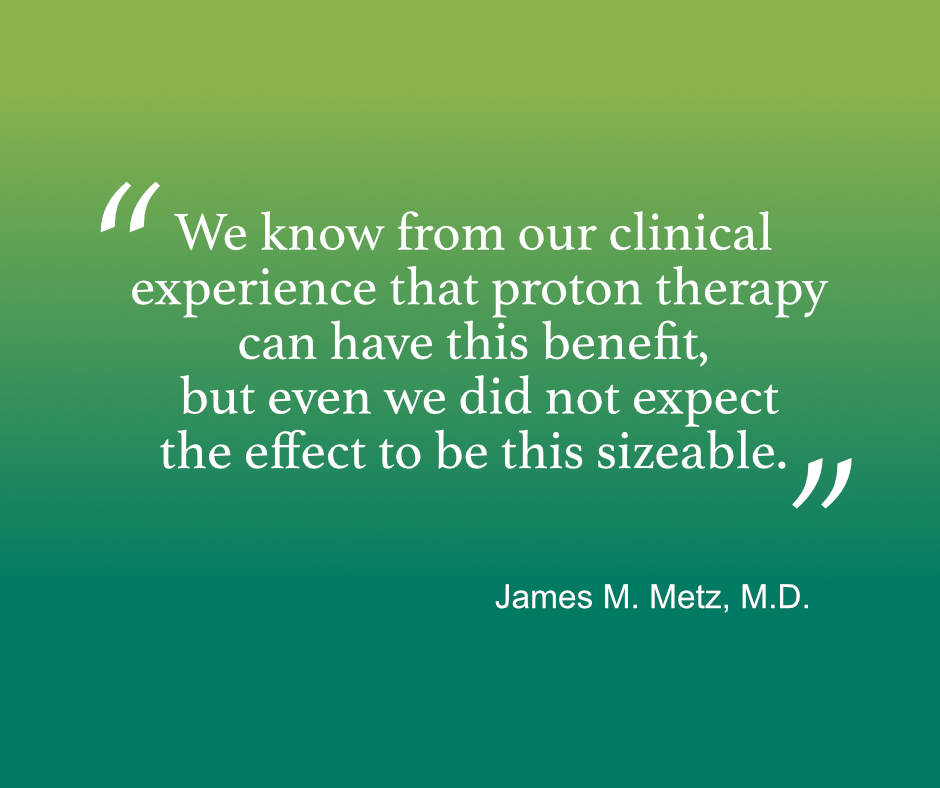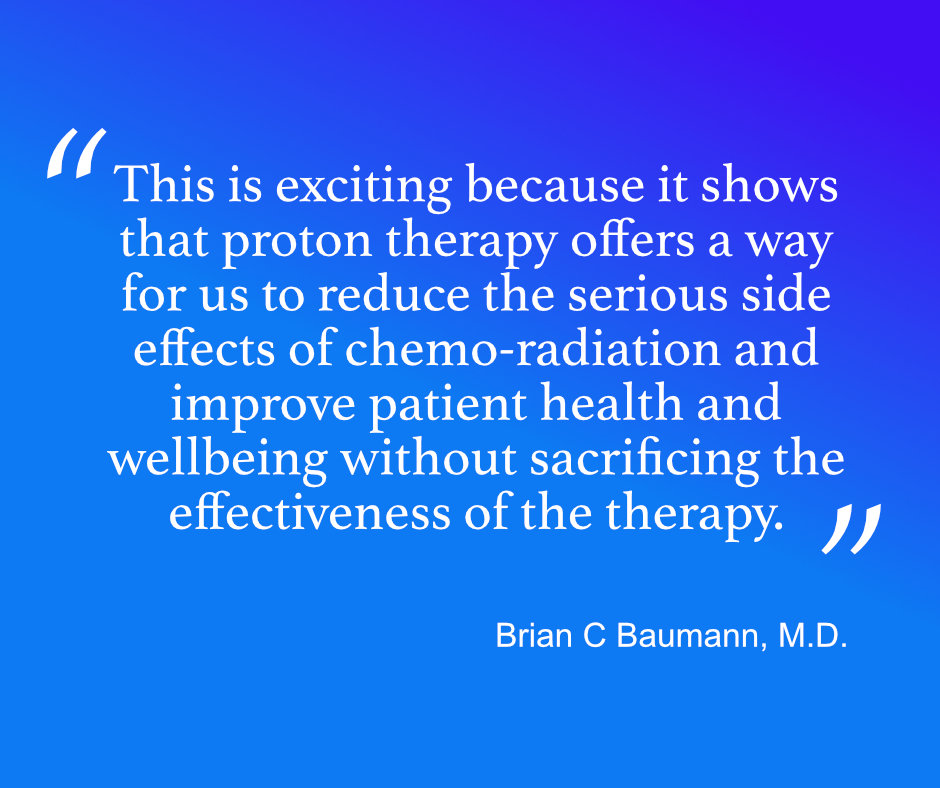There are an estimated 17 million new cases of cancer globally each year. The top four cancers occurring worldwide are lung, breast, bowel, and prostate cancer, respectively. In men, prostate cancer is the most common form of non-skin cancer.
There are a variety of treatment options available when treating prostate cancer, and surgery and radiotherapy are the main treatment options presented to patients. These techniques are, however, associated with sexual, urinary, and bowel-related side effects.
One of the standard treatments for localised prostate cancer is conventional radiation therapy. However, conventional radiation therapy brings considerable acute and late adverse effects to the gastrointestinal (GI) and genitourinary (GU) tract. These side effects continue to be a major concern for both patients and physicians. For instance, in a study conducted by Fiorino et al., the risk of experiencing ≥grade 2 GI and GU side effects is about 5%–20% when undergoing conventional radiotherapy.
With the materialisation of modern conventional radiotherapy techniques, the risk of toxicity on organs at risk, namely the bladder, rectum, and seminal vesicle, have decreased to 5%–10%. The use of proton beams in radiation therapy further reduces this risk with its characteristic Bragg peak, whereby protons can be controlled to stop directly within the tumour, analogous to its energy.
In order to improve life expectancy and overall quality of life, the Japanese government have applied efforts into funding advanced research for the treatment of cancer, with one such effort being proton beam therapy.
Currently there are 14 proton beam facilities within Japan, and as of April 2018, proton beam therapy for prostate cancer is included in Japanese public insurance coverage, thereby removing the financial burden for patients who will undergo this procedure. The number of patients being treated for localised prostate cancer with proton therapy in Japan continues to increase in popularity, due to its promise as a superior treatment for localised prostate cancer.
In a January 2019 literary review of proton therapy for localised prostate cancer in Japan by Japanese researchers in the Journal of Clinical Medicine, proton therapy for prostate cancer was highlighted as superior to other forms of conventional radiotherapy across multiple studies. The incidence of acute and late toxicities concerning the GI and GU tract, as well as radiation doses to organs of risk such as the bladder, bowel and seminal vesicles, were shown to be significantly lower compared to conventional radiotherapy treatments. Proton therapy has also shown its benefits in patients’ prognosis and quality of life. Biochemical control of patients who completed proton therapy are significantly favourable in prostate cancer patients, including high and very high risk cases. The researchers concluded that proton beam therapy is an effective and suitable treatment option for localised prostate cancer.
To find out if proton therapy is appropriate for you or a loved one, please do not hesitate to contact us.
Resources used:
Cancer Research UK. World Cancer Statistics. Available online (accessed on 12 June 2020).
Fiorino, C.; Sanguineti, G.; Cozzarini, C.; Fellin, G.; Foppiano, F.; Menegotti, L.; Piazzolla, A.; Vavassori, V.; Valdagni, R. Rectal dose-volume constraints in high-dose radiotherapy of localized prostate cancer. Int. J. Radiat. Oncol. Biol. Phys. 2003, 57, 953–962.
Hoshina, R.M.; Matsuura, T.; Umegaki, K.; Shimizu, S. A Literature Review of Proton Beam Therapy for Prostate Cancer in Japan. J. Clin. Med. 2019, 8, 48.
Sakurai, H.; Ishikawa, H.; Okumura, T. Proton beam therapy in Japan: Current and future status. Jpn. J. Clin. Oncol. 2016, 46, 885–892.
Takagi, M.; Demizu, Y.; Terashima, K.; Fujii, O.; Jin, D.; Niwa, Y.; Daimon, T.; Murakami, M.; Fuwa, N.;
Okimoto, T. Long-term outcomes in patients treated with proton therapy for localized prostate cancer. Cancer Med. 2017, 6, 2234–2243.




 Concurrent chemoradiotherapy can be associated with substantial toxicity, including
Concurrent chemoradiotherapy can be associated with substantial toxicity, including The study comes to a result that compared with photon therapy, proton therapy was associated with a nearly two-thirds reduction in 90-day severe adverse events associated with unplanned hospitalisations. Proton therapy was also associated with significantly lower risk of a decline in Eastern Cooperative Oncology Group (ECOG) performance status and significantly less risk of adverse events causing impairment in patients’ instrumental activities of daily living.
The study comes to a result that compared with photon therapy, proton therapy was associated with a nearly two-thirds reduction in 90-day severe adverse events associated with unplanned hospitalisations. Proton therapy was also associated with significantly lower risk of a decline in Eastern Cooperative Oncology Group (ECOG) performance status and significantly less risk of adverse events causing impairment in patients’ instrumental activities of daily living.